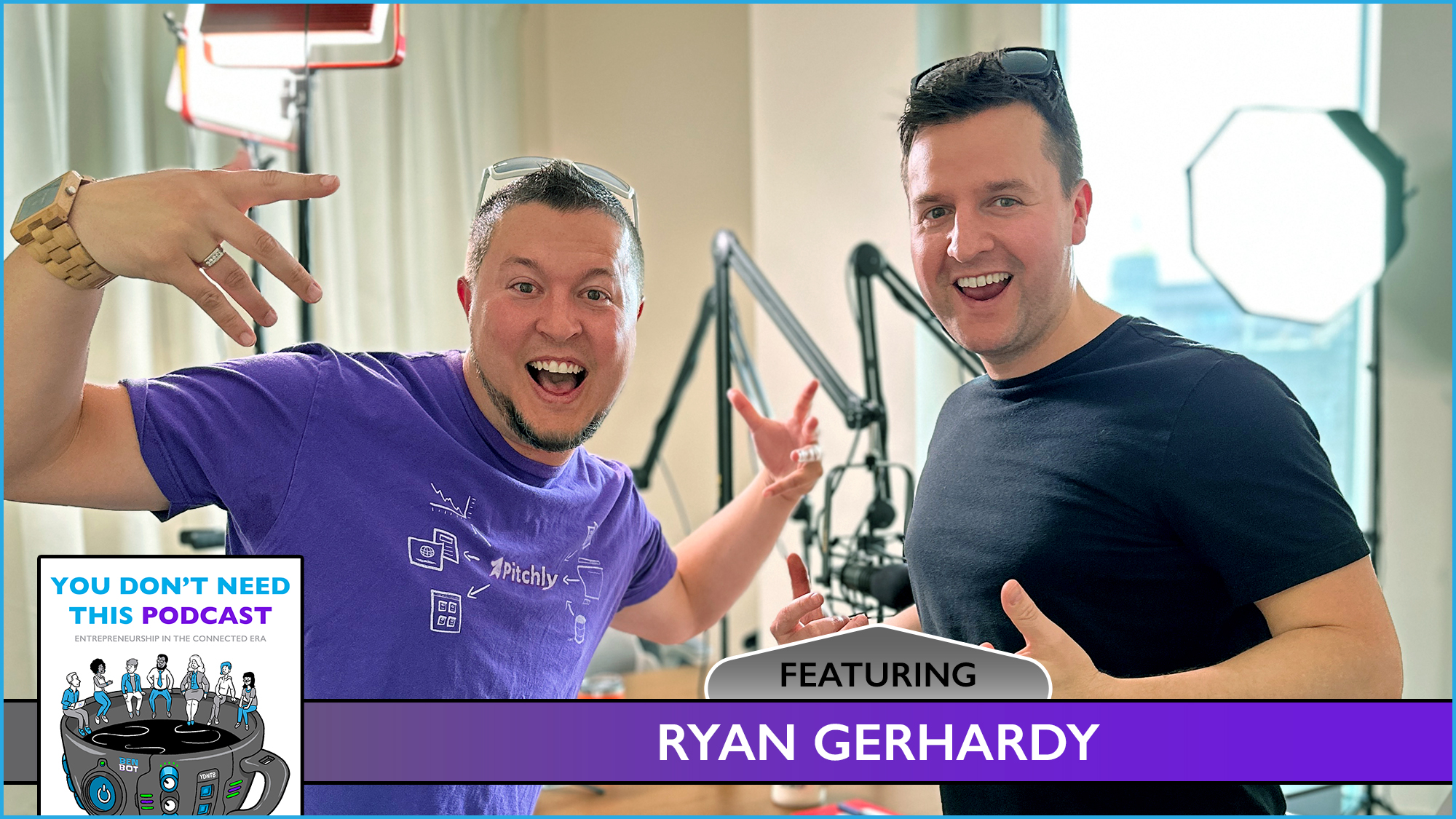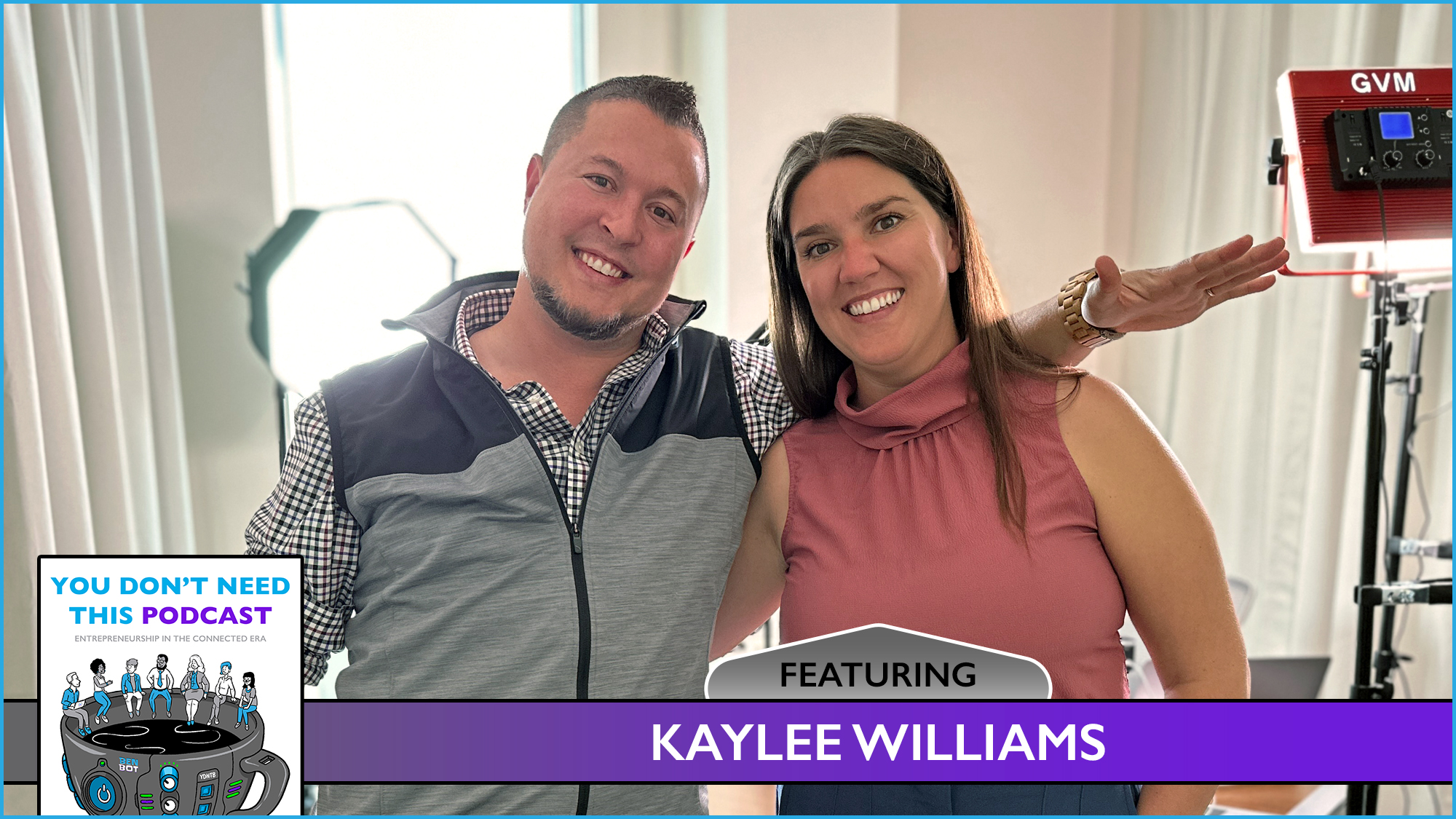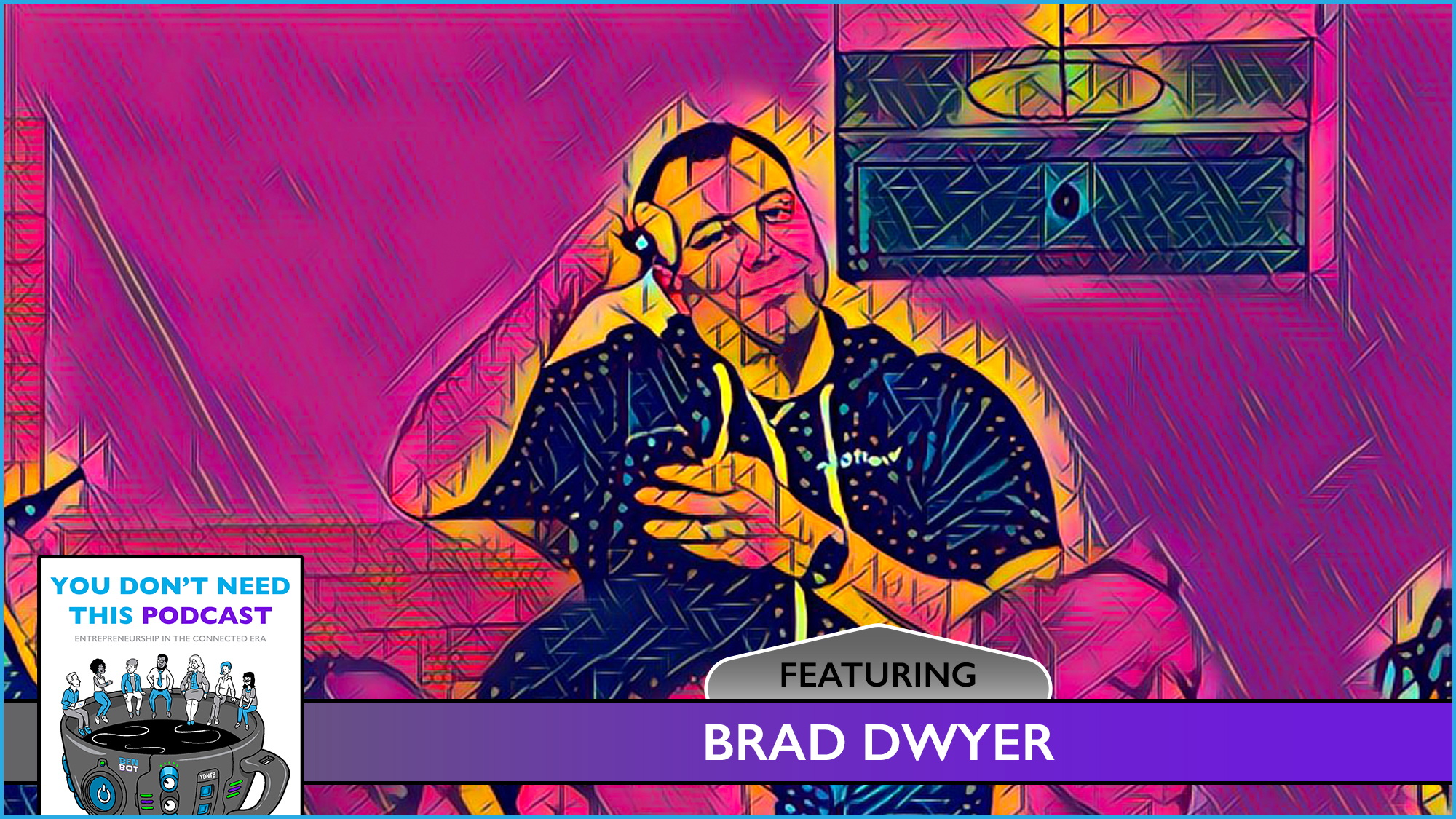We’ve spent all month exploring early moves to evolve business ideas into reality. Using your time dedicated to no-code wireframing, actively listening to others, telling customer stories with a colorful business model canvas, and escorting execution with business plans, let’s translate emerging insight into snapshots of your business. The one pager, pitch deck, and investor memo are different types of attention traps entrepreneurs can use to connect with those who care.
One Pagers
The one pager is a punchy asset built to describe the most important elements of your business. Concise is nice, as the goal is to create immediate intrigue from everyone who receives it. Speaking of everyone, a one pager should be ready for anyone. This means you must find a balance between enough details to show substance and realistic potential, without giving away the secret sauce.
While you know a lot about your business, the goal is simple. Create enough curiosity to keep the conversation flowing. For more on how to sequentially guide people through the layers of understanding, scrub to minute 10:45 in this talk I shared at a 2022 raising capital seminar.
Extra Shot
Here’s my guest column on consistency in the Business Record!
As you consider what content to include and how to format so much goodness into such a tight document, here is the FliteBrite one pager from 2015 and there are many other sharp templates online. Once you have a one pager ready to share, let’s connect! I’d love to look it over and can provide feedback if you’d like, but can also feed momentum by sharing your new one pager with strategic investors.
Pitch Decks
The pitch deck is like a slide deck used in a verbal pitch, but with more information to help recipients (often investors) learn about your venture. Within 10-15 slides, present the story of your business with eye-catching visuals, data-driven details, and links to more supportive content. A concise pitch deck showcases your storytelling skills while entertaining an audience who is about to learn more about the market, problem, your solution, traction, moat-digging differentiators, the team, vision, and how to contact you.
Knowing this attention trap is most often needed by founders raising financial capital, even if it’s in a closing appendix, it’s good to include more data-driven details in a pitch deck. Like handy back slides during the Q&A portion of a pitch, clear financial projections, existing market research, how money will be spent, and customer discovery results are all good ways to prove you understand your business plan and how the numbers work.
That said, don’t numb readers. Avoid small font and word salads. Incorporate imagery that supports a captivating story. Translate your mission while making it clear how this venture will deliver serious returns. Like the one pager, pitch decks are not crafted to secure an investment. They are designed to fuel curiosity and more conversation.
Investor Memos
Commanding a dynamic investor memo keeps people informed with the ongoing progress of your company. Along with sections you include in a pitch deck, investor memos create space to highlight the evolving details of your fundraising campaign, key performance metrics (KPIs), data visualizations, recent milestones, multimedia, current needs of the team, and future goals for the company. Platforms like Carta, Build Memo, Visible, Paperstreet, and Notion make it easy to manage accurate, updated, and communicated investor memos. The quick-to-digest, but also real-time information is why investor memos are popular among well-articulated founders raising venture capital.
Extra Shot
If you can’t explain it simply, you don’t understand it well enough. -Albert Einstein
As we finish sipping on these three different types of attention traps, let’s commemorate how alternate versions of each document may help you share the most impactful details with the right audience. For example, a pitch deck for local angel investors may be different than a pitch deck for a global venture capital firm. Connecting everything can also add efficiency, but maintaining a well-organized data room is not for the faint of heart. As any company evolves, so will the need to update documents that tell its story.



